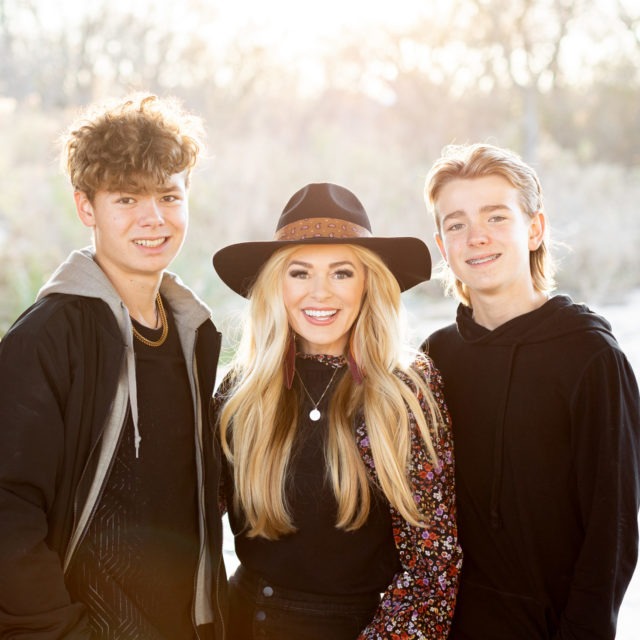
Have you ever thought about who made your clothes?
If you’re anything like me, you’ve probably heard about factory collapses in Bangladesh and felt sad for the loss of those people and their families. You probably saw photos of the terrible conditions in some factories and the faces of the men, women and children who work there. It was gut wrenching.
You might have rushed out the door, knowing it’s a terrible tragedy, but feeling like there wasn’t anything you could do. You have so much on your plate already, it’s hard to think about all the problems of the rest of the world. Sometimes it just feels like too much.
Especially when you feel so far away.

It hurts to know that over 1,000 people died in the 2012 collapse of the Rana Building, where there was a known crack in the factory wall the day before and other business evacuated their workers. But the men, women and children making clothes for stores like Wal-Mart, JC Penny, Cato, The Children’s Place and Zara, among others, were forced to go to work anyway.
Those brands are hanging in my closet and my kid’s closet.
It’s closer than you think.
When you read the stories, you quickly realize it’s men, women, and (lots of) children working in terrible conditions, making as little as 13 cents an hour, forced to work overtime and even threatened with physical violence who are making some of the clothes, jewelry and shoes we’re wearing. It’s not a choice for them.
It is survival.
Ads like the one above, created by The Canadian Fair Trade Network, bring awareness to the stories of some of the people who actually make our clothes. The Label Doesn’t Tell the Whole Story campaign shows images of clothing labels that tell real stories. Like this one:
“Made in Cambodia by Behnly, nine years old. He gets up at 5am every morning to make his way to the garment factory where he works. It will be dark when he arrives and dark when he leaves. He dresses lightly because the temperature of the rook he works in reaches 30 degrees (86 degrees Fahrenheit). The dust in the room fills his nose and his mouth. He will make less than a dollar for a day spent slowly suffocating. A mask would cost the company ten cents.”
I’d like to think I have nothing to do with a story like this and it’s easy to pretend I don’t. But it’s not the truth. I do. What’s more? I have the power to help change the tide.
So do you.
We can start to make choices to shop intentionally.
Yes, most items that actually support and empower the people who work to create them, will cost you more than what you grab on your way to the check out line at Target. But what is the true cost?
Is that worth it?
It’s about small steps. Really small steps. I think it starts with being open to learn and not look the other way.
Eventually, if you let it, that new knowledge will expand your heart around fashion and you’ll start to think differently.
Believe me, I know, because that’s where I am.
Once you know, you can’t ever unknow.
Then, it’s all about what you’re going to do about it.
This week, I bought some awesome shirts from Liz Alig. I know it’s a small step, but it felt so good.
Wanna take baby steps with me?
Join the fashion revolution.
To more love,
Crystal
P.S. I’ll be here, talking about fashion every Friday, sharing the baby steps of my journey. I’d love to hear about yours too!
P.S.S. This is a big part of the purpose behind the Shop by HeartStories. Check out some of these things I love, that give back in beautiful ways!














